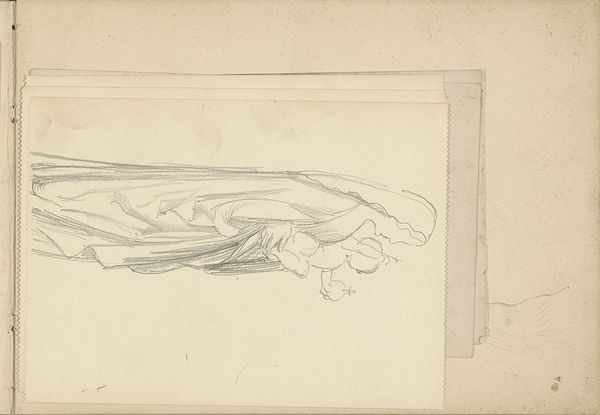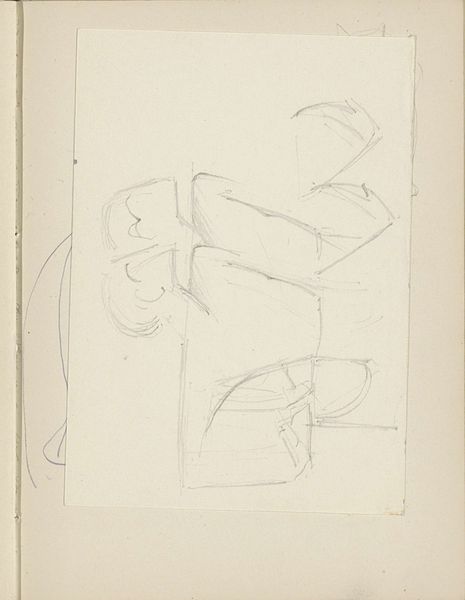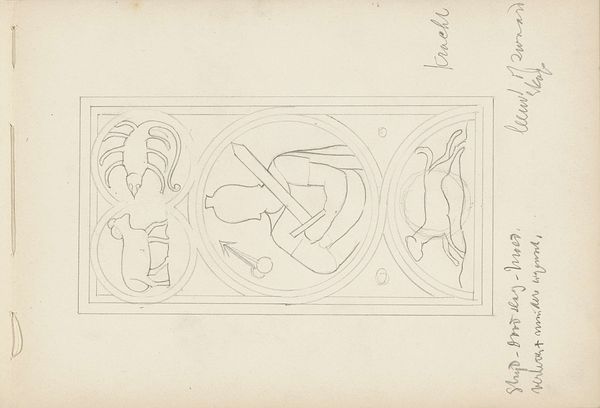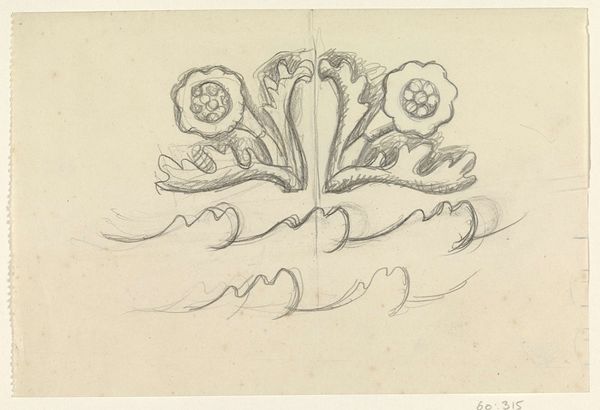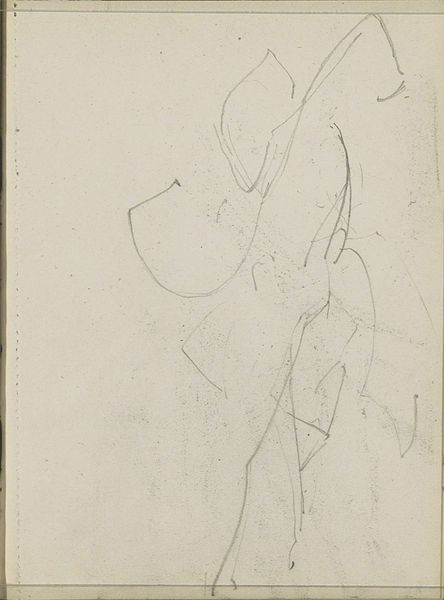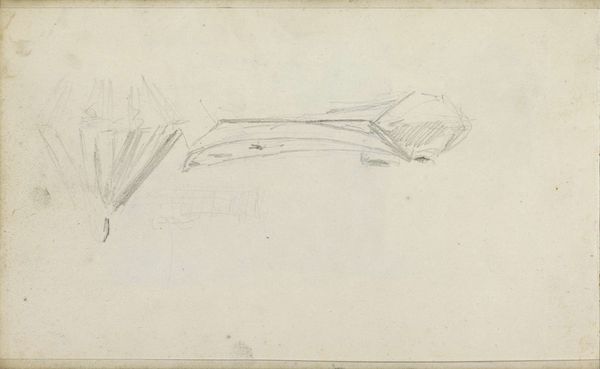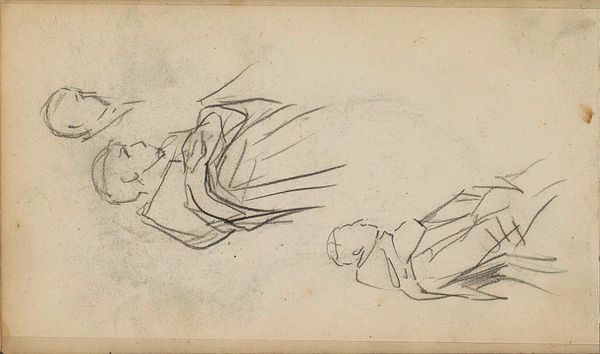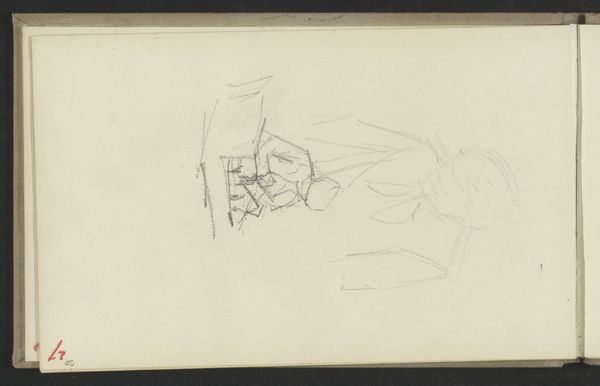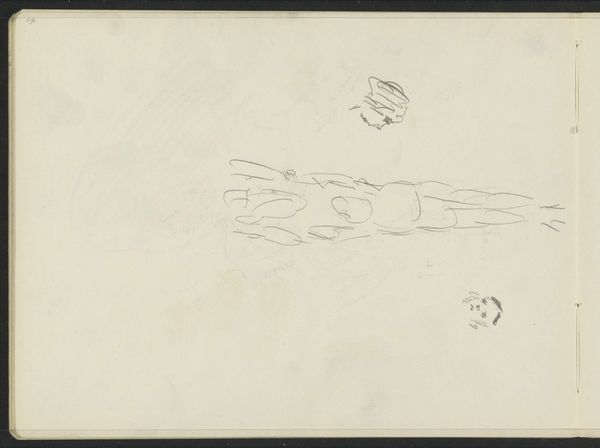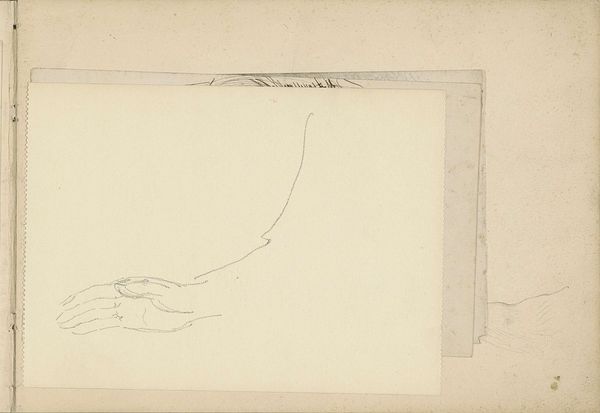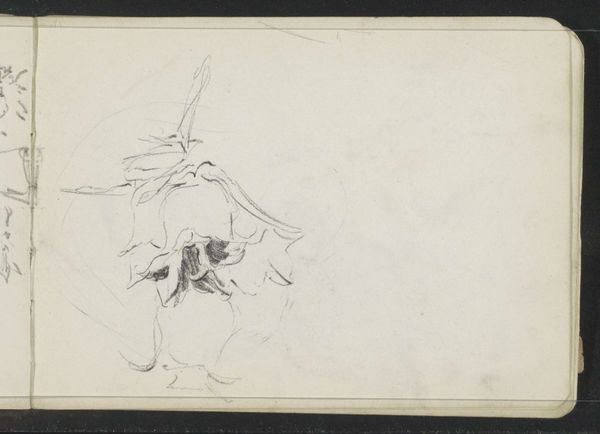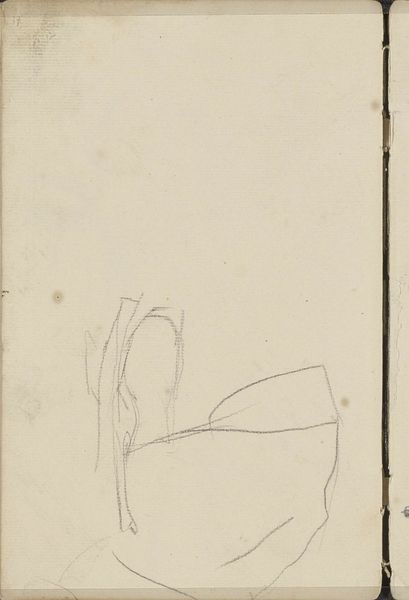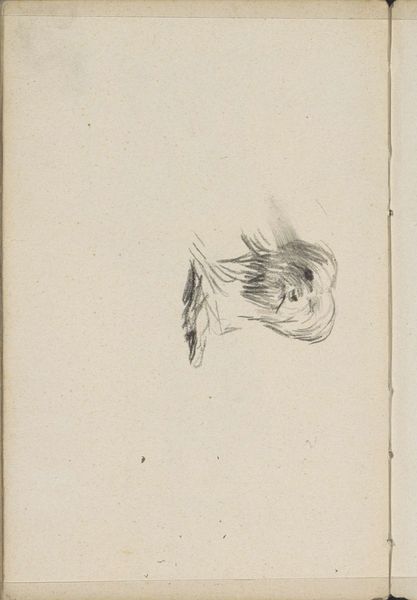
Copyright: Rijks Museum: Open Domain
This drawing of a Graeco-Roman ornament with acanthus leaf was made by Johanna van de Kamer. The acanthus leaf, prominently displayed, is not merely decorative. Its roots trace back to ancient Greek architecture, where it adorned the capitals of Corinthian columns. Legend has it that the sculptor Callimachus was inspired by an acanthus plant growing around a votive basket left on a grave. From then, the motif symbolized rebirth, immortality, and artistic inspiration. Over time, the acanthus evolved, reappearing in Roman art and architecture, and later, during the Renaissance, experiencing a revival that spread across Europe. Each era imbued the acanthus with new layers of meaning, reflecting societal values and aesthetic preferences. It serves as a visual echo, resonating through centuries. The persistence of the acanthus leaf speaks to our collective memory, an unconscious yearning for the classical ideals of harmony, order, and beauty. It invites us to reflect on how symbols carry emotional weight, engaging viewers on a subconscious level. This motif follows a cyclical progression, resurfacing, evolving, and taking on new meanings in different historical contexts.
Comments
No comments
Be the first to comment and join the conversation on the ultimate creative platform.
